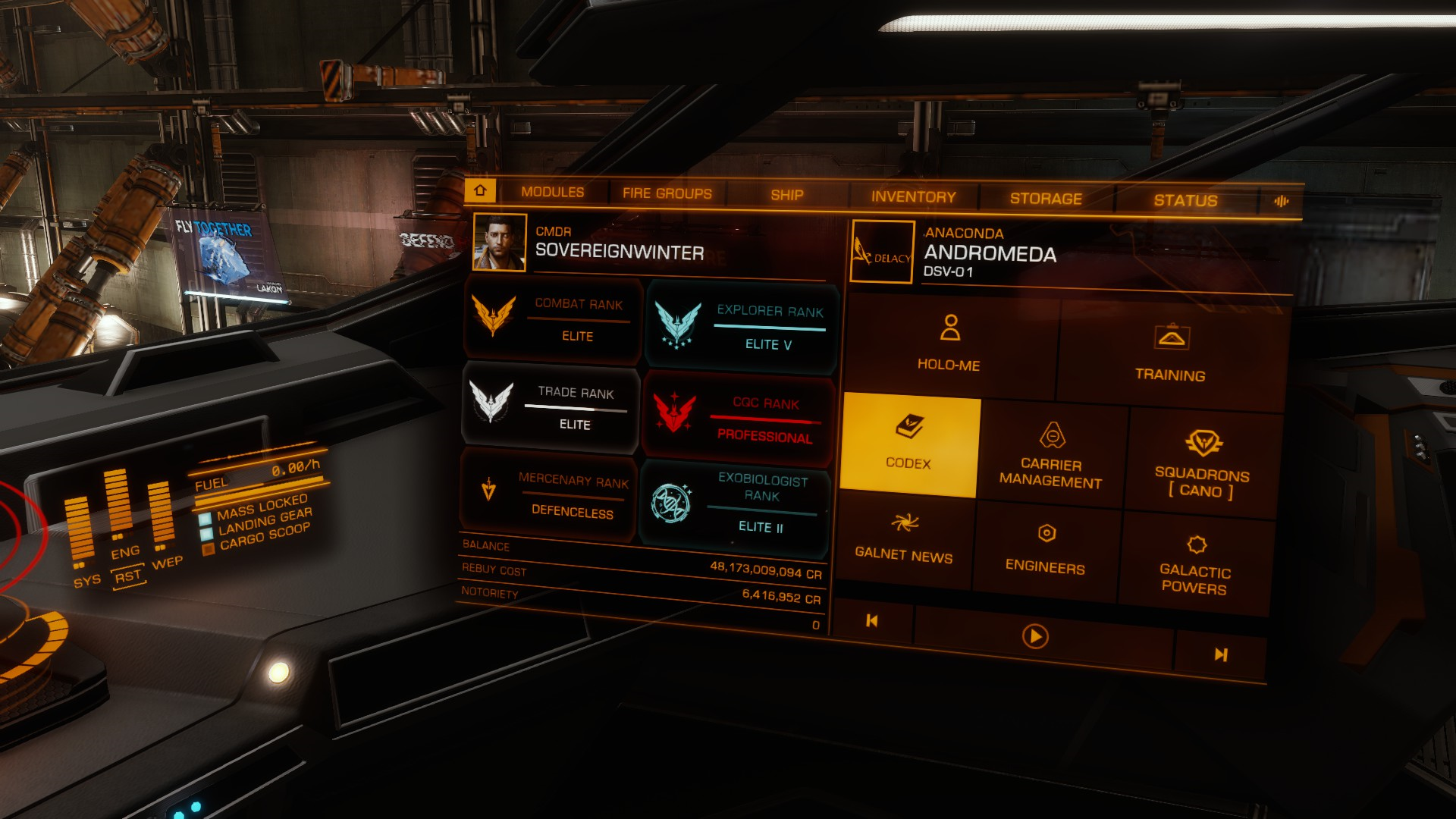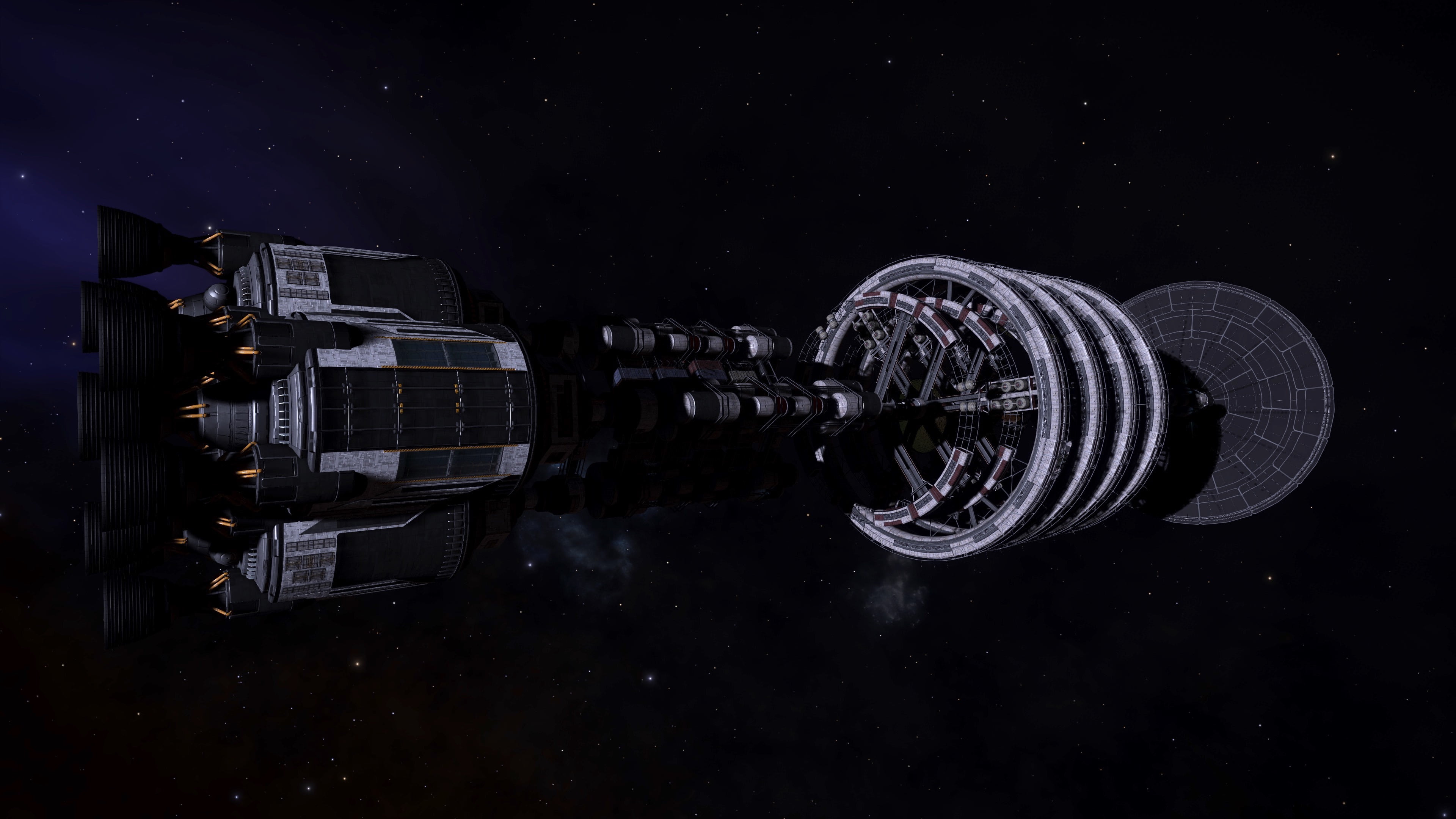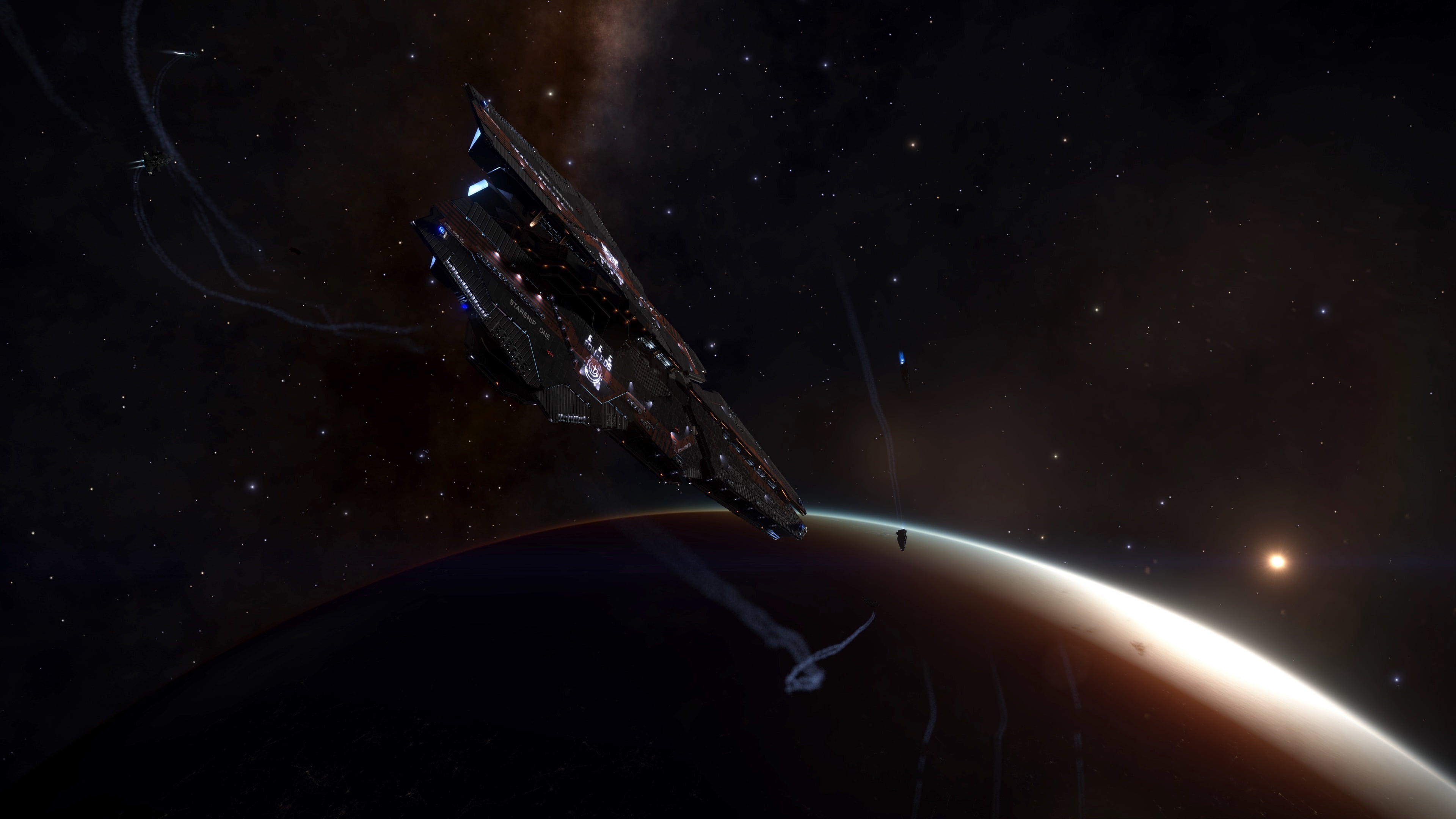Introduction
Back Mounds [1] are among a series of organic formations found on airless celestial bodies that have been discovered in the last decade, the others being so-called Brain Trees [2] and Barnacles [3]. There are a number of mysteries associated with Bark Mounds, and in this study we will focus on their acoustic characteristics.
The scope of this study is limited to analyzing the repetitive nature of the acoustic features in Bark Mound sites. This study takes the same approach that was used to analyze the repetition frequency of acoustic features in Brain Tree sites [4] and Barnacles [5]. The technical details behind the Fourier analysis can be found in the aforementioned Brain Tree paper and will be referenced here in its entirety.
Data Acquisition
In this initial study, we analyzed audio from a single Bark Mound site located on T Tauri A 2 A. One hour of audio was recorded at the site. It should be noted that ship was set down in the outskirts of the Bark Mound site and within range of the acoustic emissions. Audio data was recorded at 44.1 kHz in order to capture features that have frequencies greater than 10 kHz and for a direct comparison to the Brain Tree results.
Analysis Results
A spectrogram of the audio from the Bark Mound site is shown below. The first thing to note here is that the power distribution of audio frequencies is heavily biased toward the lower frequencies (i.e. less than 3 kHz). The corresponding spectrogram for Brain Trees [4], when plotted with the same dynamic range of 40 dB, has features that are clearly visible at high frequencies.

If we increase the dynamic range to 60 dB, we see a spectral pattern quite similar to that of Brain Trees, namely acoustic features that are grouped in a similar fashion at low and high acoustic frequency. This might suggest a link between Brain Trees and Bark Mounds. It might not be such a far-fetched idea given that Barnacles have a high-frequency spectrogram that looks much different that either of these other organics.

In order to get a better quantitative characterization of the repetitive nature of Bark Mound acoustic features, we carry out Fourier analysis similar to that previously done for Brain Trees [4]. The figure below shows a repetition frequency spectrum for Bark Mounds, which appears to be cleaner and more orderly than that of Brain Trees and Barnacles. The principal Bark Mound acoustic feature is a series of “chirps” that appear to occur with a repetition frequency of around 0.18 Hz, which is quite constant across the entire hour of collected data.

The repetition frequency spectrum is a valuable tool for establishing a quantitative understanding of acoustic features. However, features that are loud and that have a specific repetitive frequency can overwhelm the signal from other interesting but less noticeable features. While conducting a more casual visual inspection of the Bark Mound spectrogram using Audacity, we stumbled upon a peculiar acoustic pattern that has a striking resemblance to some of the patterns seen in Guardian obelisk audio [6], namely one of the Codons (formerly known as “Sparse Spaces”) comprised of a pair of horizontal lines. A side-by-side comparison of portions of the Guardian obelisk and Bark Mound spectrograms is shown below. The comparison is by no means exact, but it is a curious resemblance that might point to a possible link between Bark Mounds and Guardian Ruins [7]. It should be noted that the Bark Mound line pairs have a repetition frequency of roughly 0.02-0.04 Hz.

Summary and Outlook
Fourier analysis has been carried out on the acoustic emissions of a Bark Mound site. The following noteworthy observations have been made:
- The high-acoustic frequency components of Bark Mound audio is significantly weaker than that of Brain Trees.
- However, when viewed in a higher dynamic range, Bark Mound acoustic features are grouped in a similar fashion at low and high acoustic frequency. This might suggest a link between Brain Trees and Bark Mounds. (is one the mature version of the other?)
- The repetition frequency spectrum of Bark Mounds is cleaner and more orderly than that of Brain Trees and Barnacles. Bark Mound “Chirps” are repeated with a frequency of 0.18 Hz.
- Similarities in some of the acoustic features found in Bark Mounds and Guardian obelisks suggests a possible link between the two.
More experiments will have to be carried out, but the evidence suggests that Bark Mounds, Brain Trees, and Guardian Ruins might be part of the same family of surface sites. We will keep monitoring Bark Mounds as the galactic community continues to develop an interest in Guardian technology that can be leveraged to repel the current Thargoid threat.
References
[1] CMDR Scott, “Mic Turner Base”, https://canonn.science/codex/mic-turner-base/
[2] CMDR Starbeaver, “Guardians Trees (Brain Trees)”, https://canonn.science/codex/guardians-trees-brain-trees/
[3] Canonn Research, “Barnacles”, https://canonn.science/codex/large-barnacles
[4] CMDR Maligno, “Brain Tree Phenomenology Part 2: Analysis of Acoustic Features”, https://canonn.science/codex/brain-tree-phenomenology-part-2-analysis-of-acoustic-features/
[5] CMDR Maligno, “Study of Barnacle Acoustic Features”, https://canonn.science/codex/study-of-barnacle-acoustic-features/
[6] CMDR Maligno, “Analysis of Guardian Obelisk Audio Data Packets”, https://canonn.science/codex/analysis-of-guardian-obelisk-audio-data-packets/
[7] Mykl Atrum, “The Guardians”, https://canonn.science/codex/the-guardians/








